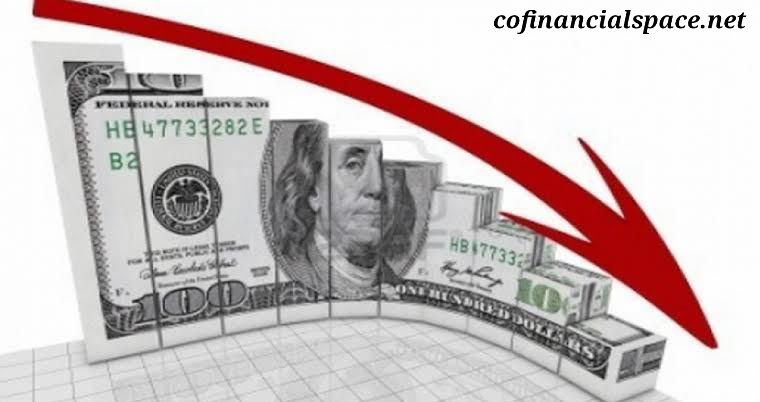
14 mars 2023
The collapse of Silicon Valley Bank has sent shockwaves through the cryptocurrency world, causing Circle Internet Financial Ltd.'s USD Coin to drop below its $1 value.
This stablecoin, which is backed by real US dollars and short-term government debt, is a critical part of the digital asset ecosystem, with a market value of over $130 billion.
Stablecoins are used by crypto traders to quickly enter or exit positions in more volatile cryptocurrencies, and companies often store their capital and profits in them.
However, stablecoins are also subject to runs, and a large deviation from their peg value could cause holders to rush to sell, potentially triggering a fire sale of reserves in the banking system. While the crypto market has been hit hard by recent crises, it has largely avoided rippling into other markets.
Silicon Valley Bank CEO, Gregory Becker, exuded confidence at a tech conference about the future of the tech industry and the bank's position within it. However, he had recently been warned by rating agency Moody's that the bank's financial health was at risk, and its bonds were in danger of being downgraded to junk. In a frantic effort to address the issue, the bank announced a $1.8 billion loss and a plan to raise $2.25 billion in fresh capital.
This news caused the bank's stock to plummet by roughly 60%, and its clients withdrew approximately $40 billion. The bank failed and was taken over by the Federal Deposit Insurance Corporation. The tale of Silicon Valley Bank highlights management mistakes, specifically a lack of attention to managing risk and ensuring financial prudence. This led to bad risk management and the bank's ultimate failure. The bank's growth and success came from catering to fledgling tech companies and pitching its services to fast-growing, typically unprofitable companies.
Mr. Becker, who was named CEO in 2011, sought to make the bank the heart and soul of what we now call the innovation economy. However, his focus on innovation and the future came at the expense of managing risk and ensuring financial prudence. This led to the bank's downfall.